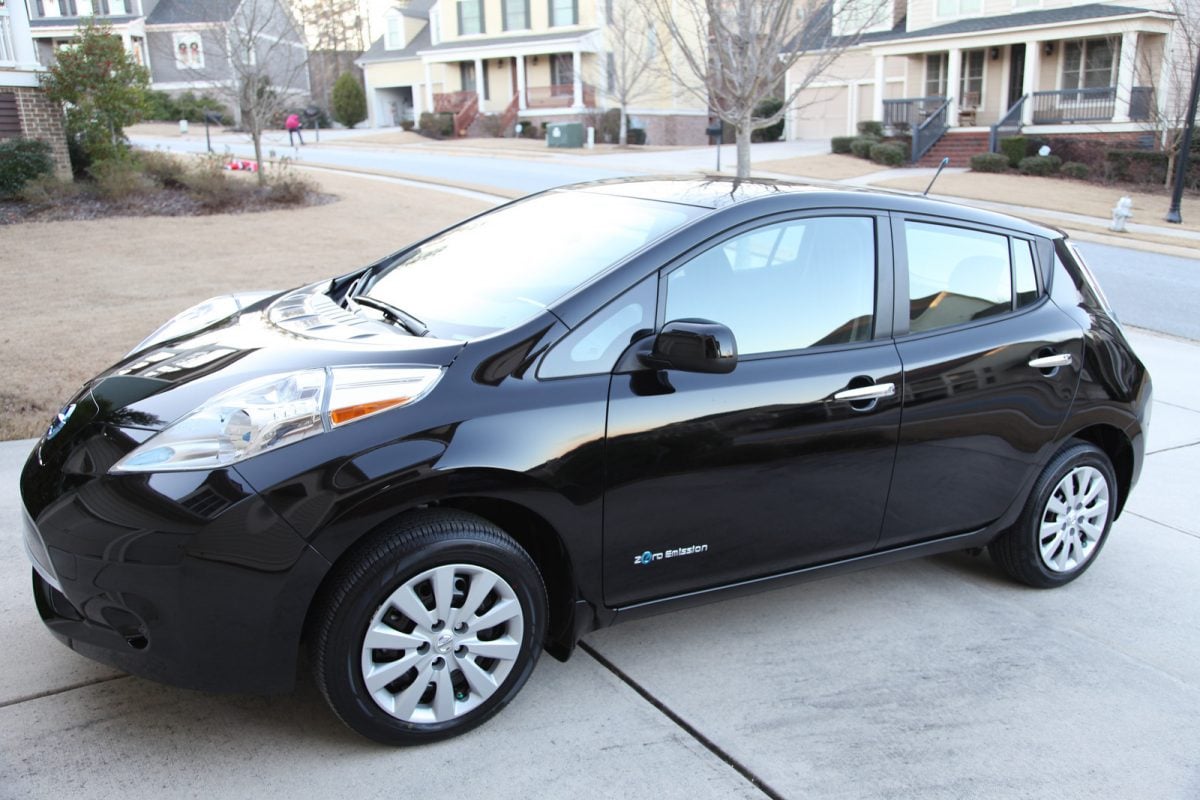I don’t have too many financial regrets, but one is that I did not not take advantage of a Health Savings Account or HSA earlier in my career. For most of my 20’s and early 30’s I blindly signed up for a traditional co-insurance health plan during open enrollment. These “Gold” level plans offered low deductibles, typically $1000, but with high premiums of between $700-$800 per month. The low deductible is good for keeping variable expenses low but the premiums over a full year add up to a significant expense. When I look back at the amount of money the insurance paid out, compared to the premiums paid in I was wasting a lot of money! These co-insurance plans are good for people with ongoing medical costs, planning a significant surgery or birth of a child, or anybody who does not have an emergency fund to cover an unexpected $10,000 medical bill.
I am very fortunate that me and my family are healthy with an emergency fund so the co-insurance model of low deductibles and high premiums does not make sense for us. This is where the Health Savings Account comes into play. The first thing to understand is that Health Savings Accounts are only available if you are on a high deductible health plan. These plans flip the model where your monthly premiums are lower in exchange for much higher deductibles and maximum out of pocket costs.
How the numbers break out
Our family’s high deductible plan looks like this:
Annual premium: $5,976
Annual family deductible: $6,500
Annual family max out of pocket: $12,00
Compare the above with the low deductible plan:
Annual premium: $9,750
Annual family deductible: $1,000
Annual family max out of pocket: $5,000
As you can see, on the high deductible plan you trade about $4,000 in lower premiums for a $5,500 increase in the deductible and a $7,000 increase in the max out of pocket. By taking on some of the additional risk we are able to keep more money in our pocket. If we stay relatively healthy this trade off will work out in our favor.
Combining the high deductible plan with an HSA
Once you are on a high deductible plan, you are eligible to participate in a Health Savings Account. The HSA allows you to set aside pre-tax earnings today for qualified medical expenses in the future. The maximum family contribution in 2020 is set at $7,100. In addition, most HSA’s will allow you to invest these funds to further grow your account. Does this mechanism sound familiar? Yes, essentially it acts just like a 401k but rather than helping to save for retirement it is helping to save for medical expenses. The tax benefit, combined with the power of compounding make this a very useful tool for financial planning. As we get older, medical expenses are foretasted to become a significant portion of our monthly expenses. Saving now for these expenses, can really help offset the burden of medical costs later in life.
In a practical sense, as you build funds in your HSA you now have funds to cover your high deductible and max out of pocket for a major medical event. In closing, if you are healthy with an emergency fund, take the premium savings of a high deductible plan and invest them in a Health Savings Account to maximize the benefit of tax savings and compounding. You can read more on this topic at healthcare.gov

